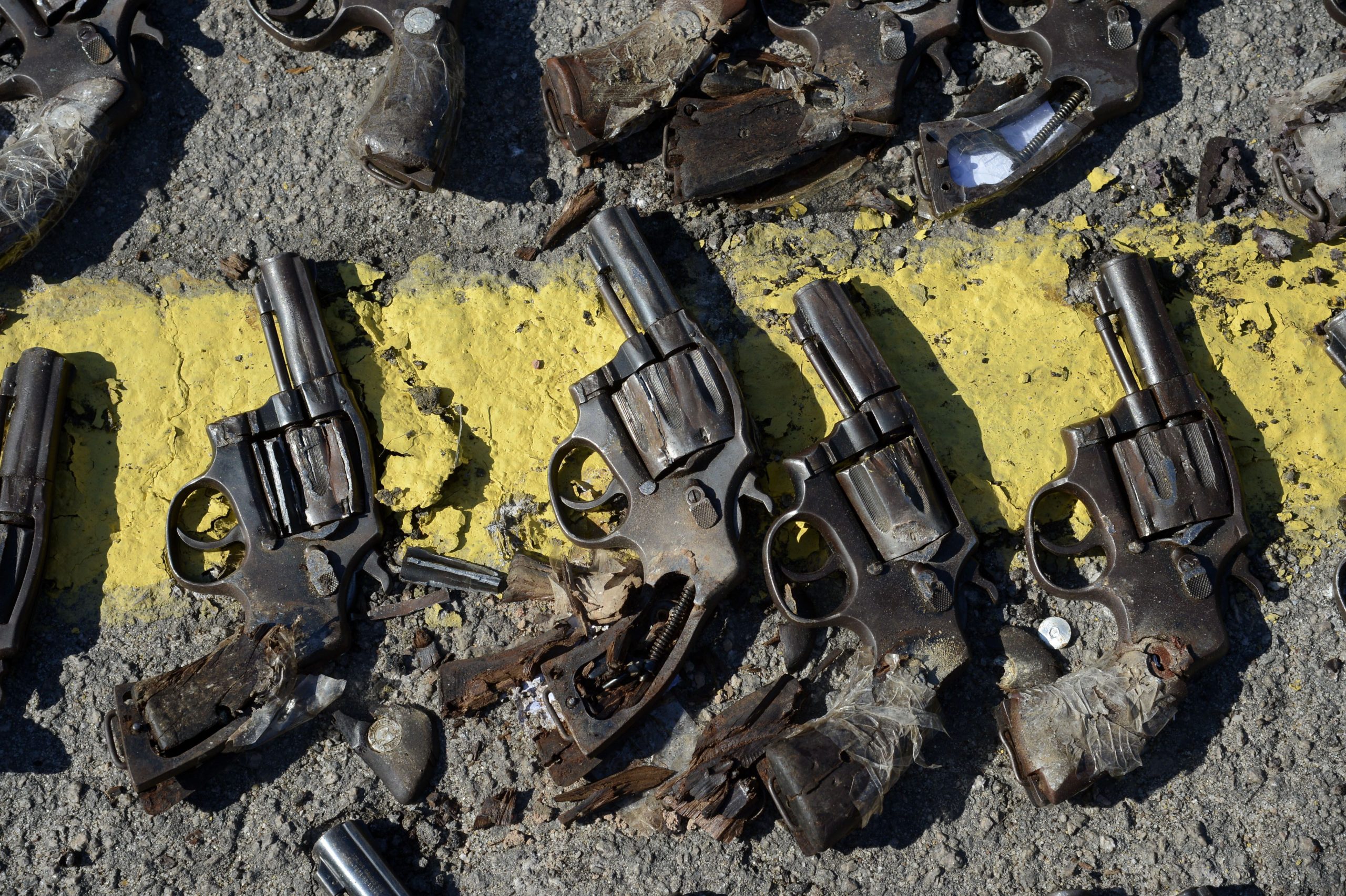Ongoing violation: two years since the crisis in Pedrinhas
Introduction of the report prodeuced by Conectas, Sociedade Maranhense de Direitos Humanos, OAB-MA and Global Justice

Introduction
It was in 1965, in the midst of the military dictatorship, that the then governor of Maranhão, Newton de Barros Belo, built the Agricultural Penitentiary of Pedrinhas. Located nearly 30 kilometers from the state capital of São Luís, in a neighborhood of the same name just off the BR-135 highway, from the outset the prison was built in a precarious and improvised manner.
During the more than four decades of the so-called “Sarney Era”, Pedrinhas grew and turned into a major prison complex as seven additional prison facilities were added to the main penitentiary. Over the years, its capacity increased from 147 to 1,945 places, although in actual fact it holds more than 3,000 prisoners today.
Over the course of its fifty years of systematic violations, Pedrinhas has been the target of criticisms by Congressional Inquiries in 2009 and 2015, dozens of recommendations for closure by the National Justice Council and it has become an international symbol of prison violence and the flaws of the Brazilian prison system.
History and Context
The series of riots that erupted in November and December of 2013, which resulted in the deaths of 22 prisoners, some of whom were decapitated, led the SMDH (Maranhão Society of Human Rights) and the OAB-MA (Brazilian Bar Association – Maranhão chapter) to reach out beyond our national borders to the IACHR (Inter-American Commission on Human Rights), a body linked to the OAS (Organization of American States) and also the region’s most important human rights monitoring and promotion body.
On December 16, 2013, the Commission approved a resolution (no. 11/2013) through which it issued a precautionary measure requiring the country to take immediate action to prevent new violations at the Pedrinhas complex or risk facing international condemnation. According to the precautionary measure, Brazil needed to:
• Adopt the necessary and effective measures to prevent further loss of life and damage to the physical integrity of the prisoners;
• Immediately reduce overcrowding;
• Investigate the facts reported by the organizations and that led the Commission to adopt these measures.
In response, the Brazilian State, via the Maranhão state government and the Ministry of Justice, created in January 2014 the Action Plan for the Pacification of the Prisons of São Luís, which included the occupation of all the units of the Pedrinhas complex by the National Security Force, the transfer of prisoners to federal prisons and the separation of criminal gang members into specific prisons.
Pedrinhas Prison Complex
Since the presentation of the case in the Commission, a delegation formed by lawyers, social workers, psychologists and journalists from the SMDH and OAB-MA has made unannounced inspection visits to the prisons of the Pedrinhas complex and drafted reports on the conditions found there. Conectas and Justiça Global, which were admitted as co-petitioners in the case months later, also began to send their staff on the inspections. These reports are sent to the IACHR and are used as a counter-argument to the mandatory periodic responses submitted by the Brazilian government.
Following a request by these four organizations, which through their reports demonstrated the lack of improvement of the detention conditions at Pedrinhas, the IACHR referred the case to the Inter-American Court of Human Rights in November 2014.
The Court, meanwhile, given the seriousness of the facts, issued a provisional measure requiring Brazil to immediately take all the steps necessary to protect the life and integrity of all the prisoners in the complex.
This report presents the evolution of the prison complex over the past two years and, more precisely, the stories heard and the facts witnessed by the representatives of these organizations on November 3 and 4, 2015, during the sixth and most recent visit to four of the eight units of the prison complex.
.png)




